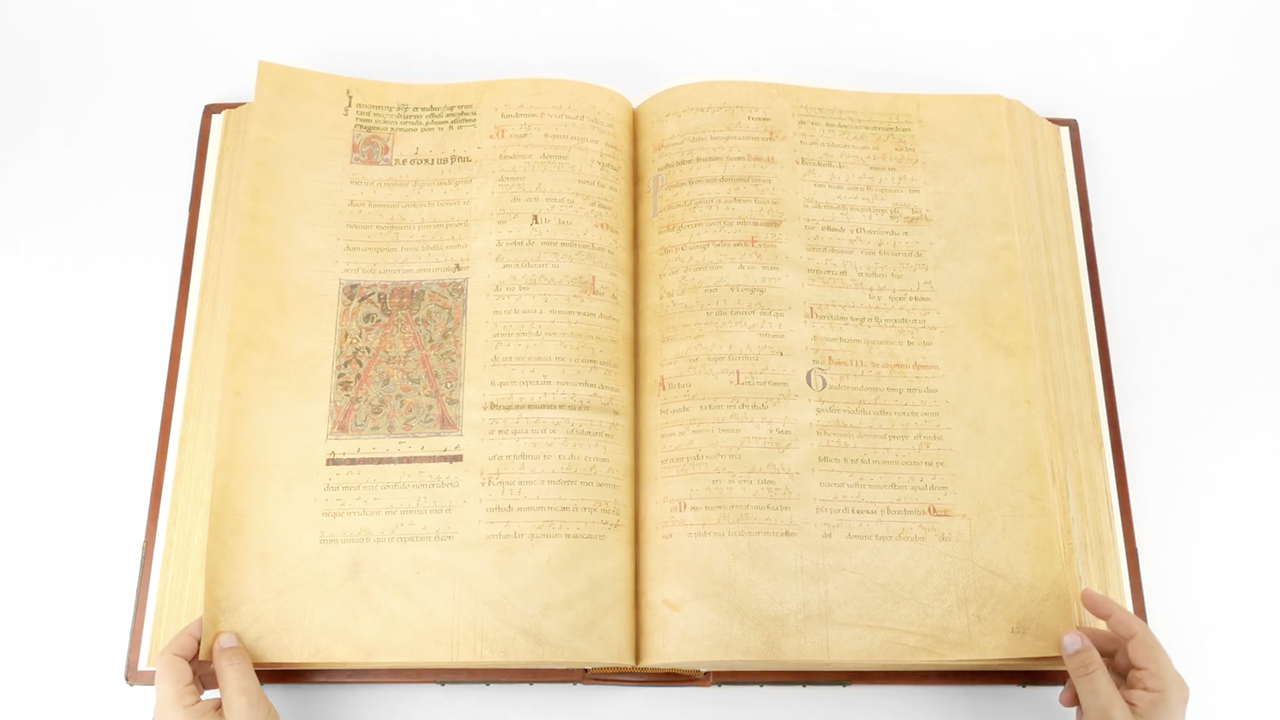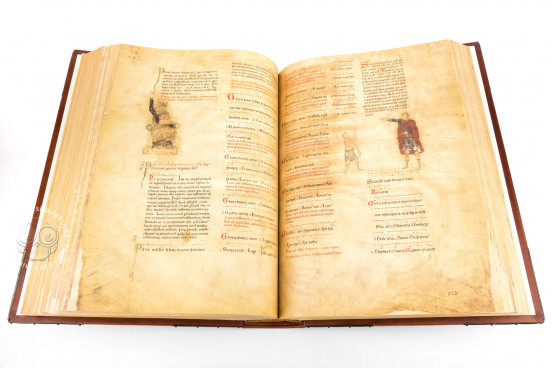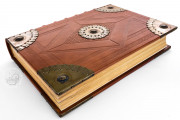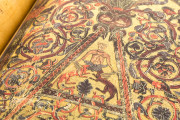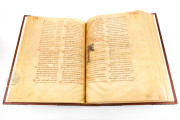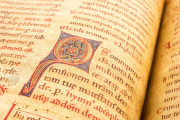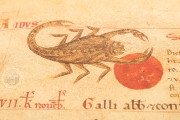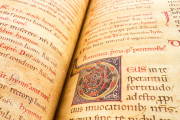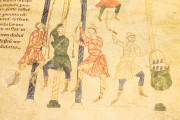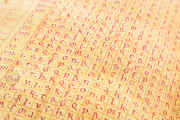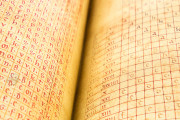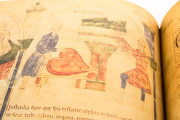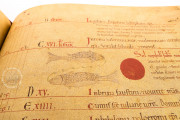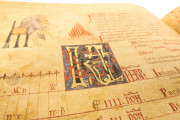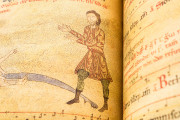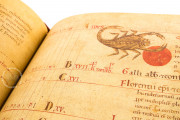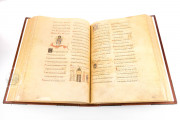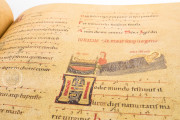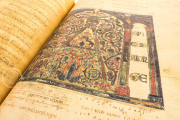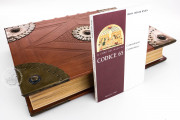The Book of the Master, also known as Liber Magistri or Codex 65, is a remarkable 12th-century manuscript preserved in the Cathedral Archives of Piacenza. Compiled likely for episcopal liturgy, it embodies the encyclopedic spirit of medieval scholarship, encompassing Gregorian chant, theology, astronomy, medicine, agriculture, and the esoteric sciences. Written in diastematic notation derived from Guido of Arezzo’s system, it offers a complete repertory for the Mass and Divine Office. With its rich illuminations, diverse scientific and musical content, and intricate theological insights, the Codex stands as a luminous testament to the intellectual and artistic vitality of medieval Piacenza.
We have 1 facsimile edition of the manuscript "Book of the Master": Liber Magistri. Codice 65 facsimile edition, published by Tip.Le.Co, 1997
Request Info / Price
